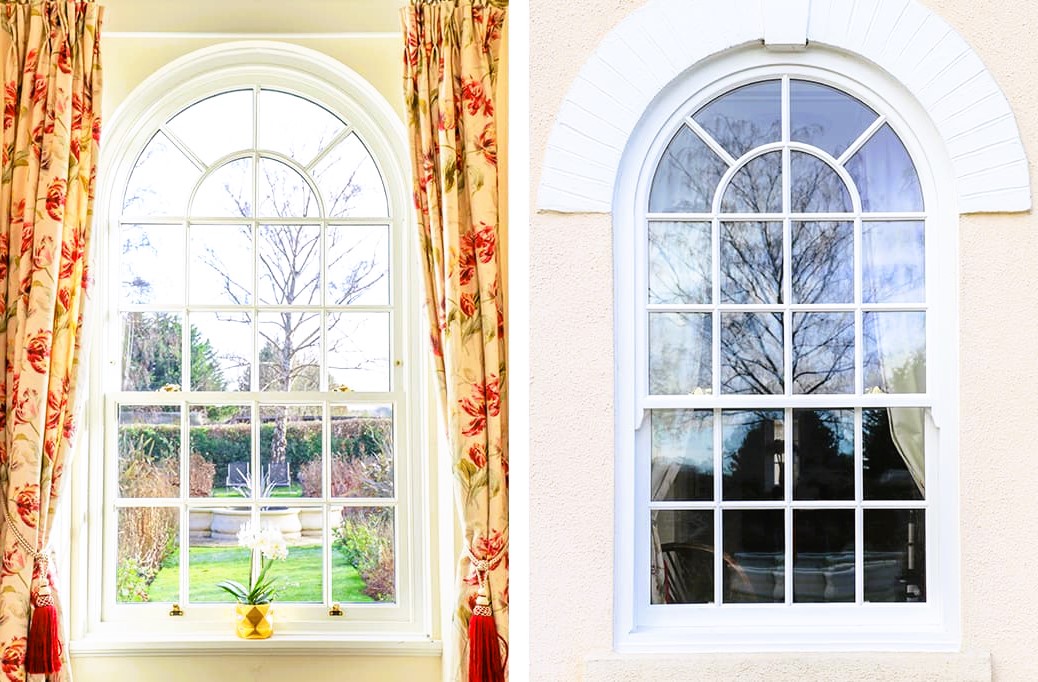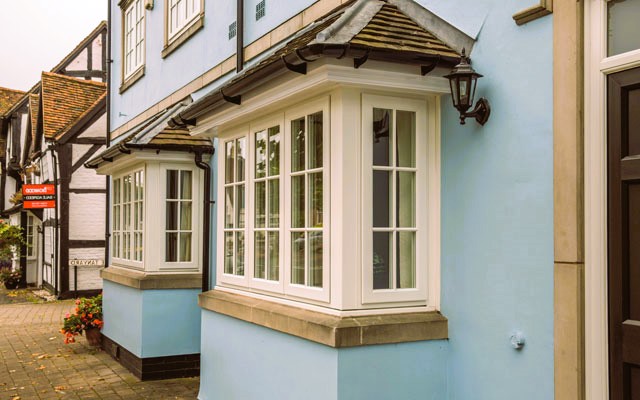The Evolution of Window Design: From Traditional to Modern
Blog
Windows have long been an integral part of architectural design, serving as both functional and aesthetic elements in buildings. Over the centuries, window design has evolved significantly, reflecting changes in architectural styles, technological advancements, and shifting cultural preferences. In this article, we will explore the evolution of window design, tracing its journey from traditional to modern forms, and the impact it has had on architectural aesthetics and functionality.
1. Traditional Window Design:
Traditional window design varies across different cultures and historical periods. In ancient times, windows were small openings primarily designed for ventilation and light. They were often narrow and placed high on walls to maximize privacy and security. Examples include the small, high windows of medieval castles and the narrow, vertically-oriented windows of Gothic architecture.
As architectural styles evolved, windows became more prominent features. In the Renaissance and Baroque periods, large windows with intricate detailing became popular. Elaborate stone or wood frames, decorative moldings, and stained glass were common elements, emphasizing the status and wealth of the building’s owner.

2. Industrial Revolution and the Rise of Sash Windows:
The advent of the Industrial Revolution in the 18th century brought about significant changes in window design. The introduction of mass production techniques and new materials, such as cast iron and plate glass, revolutionized the manufacturing of windows. Benefits of double glazing for insulation, the answer is here.
Sash windows, consisting of one or more movable panels called sashes, became prevalent during this period. They allowed for better control of ventilation and airflow, as the sashes could be opened or closed to varying degrees. The popularity of sash windows continued well into the Victorian and Edwardian eras, with various styles, such as the single-hung and double-hung sash windows, becoming common features in residential and commercial buildings.
3. Modernist Window Design:
The 20th century witnessed a shift towards modernist architectural principles, which emphasized simplicity, functionality, and the use of new materials like steel, concrete, and glass. This change in architectural philosophy had a profound impact on window design.
Modernist windows prioritized functionality and the integration of indoor and outdoor spaces. Large, floor-to-ceiling windows, often grouped in horizontal bands, allowed for abundant natural light, unobstructed views, and a seamless connection to the surroundings. Examples include the extensive use of glass in the designs of architects like Ludwig Mies van der Rohe and Le Corbusier.
4. Energy Efficiency and Sustainability:
In recent decades, the focus on energy efficiency and sustainability has significantly influenced window design. With growing concerns about climate change and rising energy costs, there has been a shift towards more energy-efficient window solutions.
Double glazed windows, with their insulating properties, have gained popularity as they minimize heat loss and reduce energy consumption. Advanced glazing technologies, such as low-emissivity (Low-E) coatings and gas-filled cavities, further enhance energy efficiency and thermal performance.
Additionally, sustainable window design considers factors such as passive solar heating, daylight harvesting, and natural ventilation. Features like overhangs, shading devices, and operable windows are incorporated to optimize energy use, improve indoor comfort, and reduce reliance on artificial lighting and mechanical cooling systems.
Standards and Guidelines:
To ensure the quality and performance of windows, various standards and guidelines exist. These standards, developed by organizations such as the International Organization for Standardization (ISO) and national bodies like the Canadian Standards Association (CSA), outline requirements for materials, construction, and performance of windows. Adhering to these standards helps ensure that windows meet the necessary functionality, safety, and energy efficiency criteria.

Conclusion:
The evolution of window design reflects the dynamic nature of architecture and the influence of cultural, technological, and environmental factors. From traditional small openings to grand sash windows and modernist glass facades, window design has transformed significantly over time. Today, the focus on energy efficiency and sustainability drives innovations in window technology and design.
For more information on window design and standards, please visit the following sources:
- Window – Wikipedia
Understanding the evolution of window design provides valuable insights into the historical, cultural, and technological context of architectural styles. By embracing new materials, energy-efficient technologies, and sustainable practices, window design continues to evolve, shaping the aesthetics and functionality of buildings in the modern era.
Recent Posts
- Illuminate Your Canadian Home: A Guide to Energy Efficient Windows
- How to Soundproof Windows: Effective Strategies for a Quieter Home
- Retrofitting Windows: Upgrading Existing Structures for Improved Efficiency
- Benefits of Picture Windows: Views, Natural Light, and Style
- The Effectiveness of Patterned Glass in Reducing Bird Collisions
Calendar
| M | T | W | T | F | S | S |
|---|---|---|---|---|---|---|
| 1 | 2 | 3 | 4 | |||
| 5 | 6 | 7 | 8 | 9 | 10 | 11 |
| 12 | 13 | 14 | 15 | 16 | 17 | 18 |
| 19 | 20 | 21 | 22 | 23 | 24 | 25 |
| 26 | 27 | 28 | 29 | 30 | 31 | |


